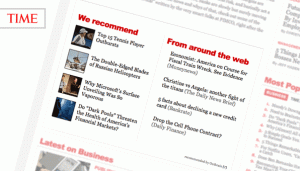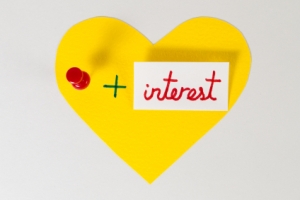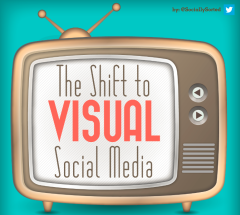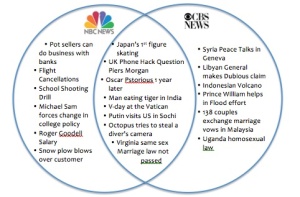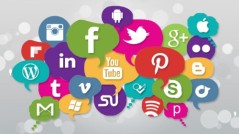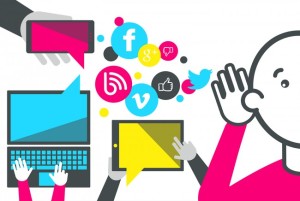Keeping in line with last week’s post on selfies, Samsung is having a PR problem with their use of selfies as a publicity tool. 
This past Tuesday, when the Boston Red Sox were visiting the White House, David Ortiz spontaneously took a selfie with the President, a day after becoming spokesperson for the company.
While the picture was harmless, its gained popularity not for the celebrities it captured but for the fact that the president possibly could have been manipulated to be included in a product promotion.
The White House’s response, “Obama obviously didn’t know anything about Samsung’s connection to this,” Pfeiffer said Sunday on CBS’s Face the Nation. “And perhaps maybe this will be the end of all selfies. But in general, whenever someone tries to use the president’s likeness to promote a product, that’s a problem with the White House.”
Meanwhile the company has received praise for using similar marketing stunt during Ellen’s Oscar selfie, but this most recent supposedly planned pic is calling the company’s ethics into question, especially since Samsung Mobile US immediately retweeted the picture to its 5 million followers, writing: “Big Papi, Big Selfie.” 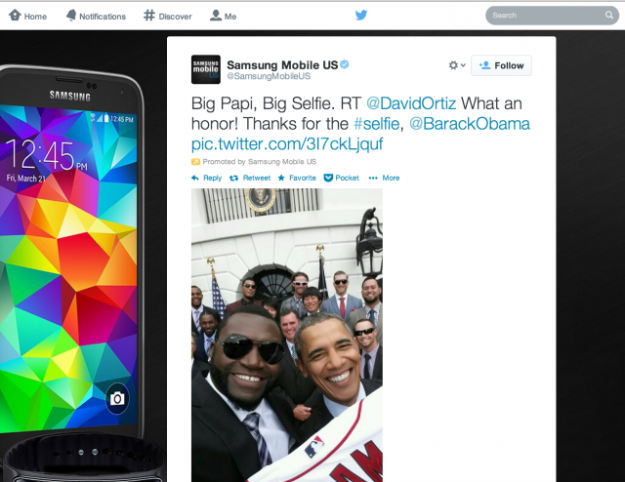
Samsung’s response, “We were thrilled to see the special, historic moment David Ortiz captured with his Galaxy Note 3 during his White House visit.” The company also claims that the White House had now knowledge of Ortiz’s endorsement with the company and that nothing was formally planned.
So while Samsung is taking a hit for how they are getting people to start talking about their product, there is no doubt that the selfie got people talking.
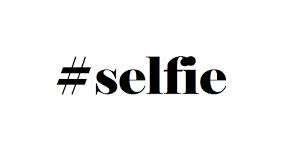
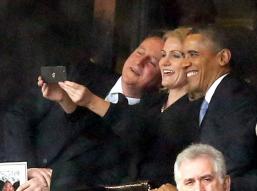
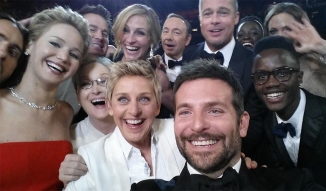

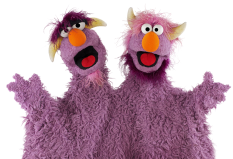
 efore launching the new flavors they were market test by all types of demographics by having participants vote on their favorite submission
efore launching the new flavors they were market test by all types of demographics by having participants vote on their favorite submission
